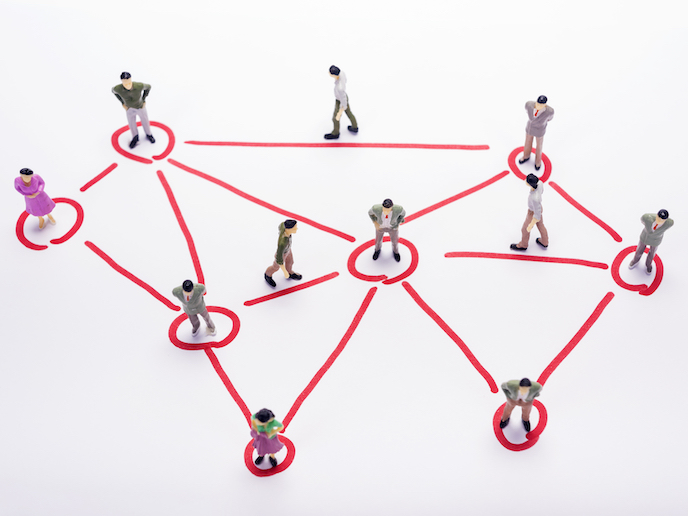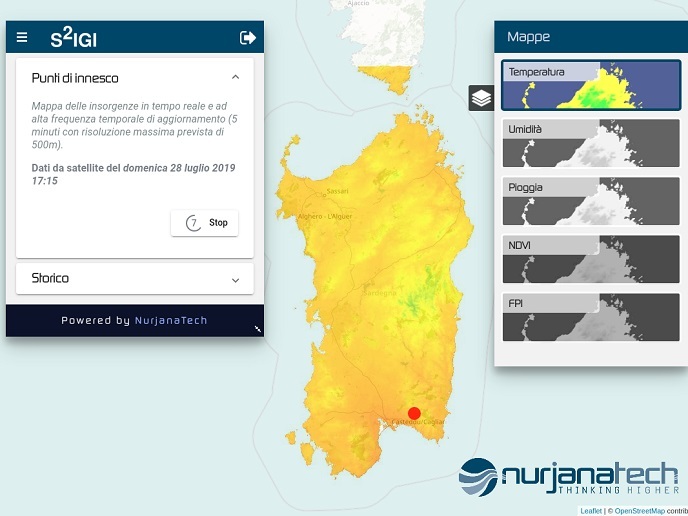Society simulation tool enables informed counter-terrorist policies
So-called ‘Islamic State’ has shown us much about how contemporary terrorist organisations find their recruits: they target what they call ‘lone wolves’, essentially by means of propaganda relayed on social media or dedicated websites. But what happens from there, and how these organisations adapt to change, is still unclear. The truth is, there has been very little research about the recruitment processes of criminal and terrorist organisations – even though such research is essential to deploying effective countermeasures. The EU-funded project PROTON aimed to fill this gap. "Now we finally know more about the different factors that drive criminals and terrorists to join their organisations, and we can better prevent and/or control this phenomenon,” says Ernesto Savona, director of Transcrime and PROTON coordinator. For the past 3 years, the PROTON team has been investigating the social, psychological and economic factors leading to organised crime and terrorist networks (OCTNs). They identified, for instance, a need for more prevention policies addressing: educational segregation at early ages; the similarities between criminal and terrorist recidivism, and the influence of factors such as higher education, stable employment, mental illness and entourage.
Introducing PROTON-S and PROTON Wizard
Thanks to the information they acquired, the team devised PROTON-S – a virtual society generator that can be used to test the impact of different scenarios on OCTN recruitment – and PROTON Wizard, software embedding the results of PROTON-S simulations. “PROTON-S takes into account environmental, social, psychological and economic factors in its simulations. It reproduces the main components of a society, such as individuals, groups and institutions. “It can simulate phenomena that would be difficult to study in reality, such as mafia and terrorism recruitment. This all makes for an ideal tool that policy-makers can use to test the impact of different intervention policies on OCTN recruitment dynamics before they are even implemented,” Savona explains. One of the main strengths of PROTON-S is its capacity to simulate advanced social relations and processes of influence, which are key to shaping individual decisions. A typical situation would be a heated conversation between different protagonists: as the debate closes, some individuals might be tempted to take the first step on the path to radicalisation. Thanks to PROTON-S, these individuals can be placed in different contexts in terms of non-criminal ties or family ties. At a larger scale, decision-makers can test out the opening of a community centre in the neighbourhood, communication campaigns or stronger repression to prevent these potential terrorist recruits from taking action.
The importance of real data
“Our models are based on real data and can run large-scale simulations of recruitment involving between 5 000 and 40 000 agents,” says Savona. “Our approach takes into consideration all the factors that can eventually lead to recruitment as well as all the variables that could facilitate or stop these processes.” The PROTON Wizard is still being tested, but Savona expects the results to be available shortly. Should the tests be successful, policy-makers and other stakeholders will have their own crystal ball of sorts – allowing them to predict which policies could effectively jam the recruitment processes of criminals and terrorists.
Keywords
PROTON, virtual society, simulations, policy-maker, terrorism, recruitment, Transcrime







